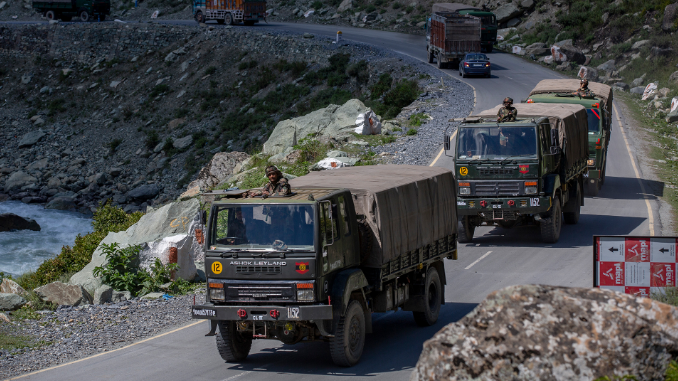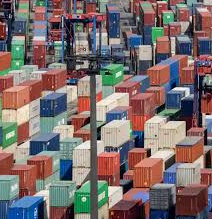No Progress as Troops Brace for Second Winter in Ladakh Stalemate
High-level talks between India and China to disengage troops along their disputed border in Ladakh ended in a deadlock on Sunday (Oct 10). This failure to reach an agreement underscores persistent tensions along the Line of Actual Control (LAC) despite multiple rounds of dialogue since the stand-off began in May 2020.
Stalemate in Negotiations
India’s defence ministry stated it provided “constructive suggestions” during the talks but accused China of being “not agreeable” and lacking “forward-looking proposals.” Meanwhile, China claimed India’s “unreasonable and unrealistic demands” added to the difficulty of the negotiations.
This was the first meeting in two months between senior military commanders, held on the Chinese side at Moldo in Ladakh.
Troop Build-up and Concerns
Indian Army Chief General M.M. Naravane expressed concerns over China’s large-scale troop and infrastructure build-up near the disputed border. “If they are there to stay, we are there to stay, too,” Naravane stated, signaling India’s readiness to maintain its military posture.
Both sides have fortified their positions with tens of thousands of soldiers, artillery, tanks, and fighter jets. The stand-off has seen temperatures plummet to -30°C during winters, yet troops remain stationed in close proximity—a stark departure from traditional seasonal retreats.
Background and Flashpoints
Since February 2021, limited disengagement occurred in areas such as Pangong Tso and Galwan Valley, but disputes persist at Demchok and Depsang Plains. In June 2020, a brutal clash in the Galwan Valley resulted in 20 Indian and 4 Chinese casualties, marking the most violent encounter between the two nations in decades.
Infrastructure developments on both sides include weather-proof accommodations, airstrips, helipads, and missile sites, reflecting preparation for long-term military presence.
Implications and Historical Context
The LAC runs from Ladakh in the west to Arunachal Pradesh in the east, a region that China claims in its entirety. The unresolved border has led to periodic skirmishes, with the most notable conflict being the Sino-Indian War of 1962.
With the failure of the latest talks, tensions are likely to persist, raising concerns over the stability of one of Asia’s most contentious borders. Both nations have emphasized their unwavering commitment to sovereignty, but mutual distrust continues to fuel the deadlock.








